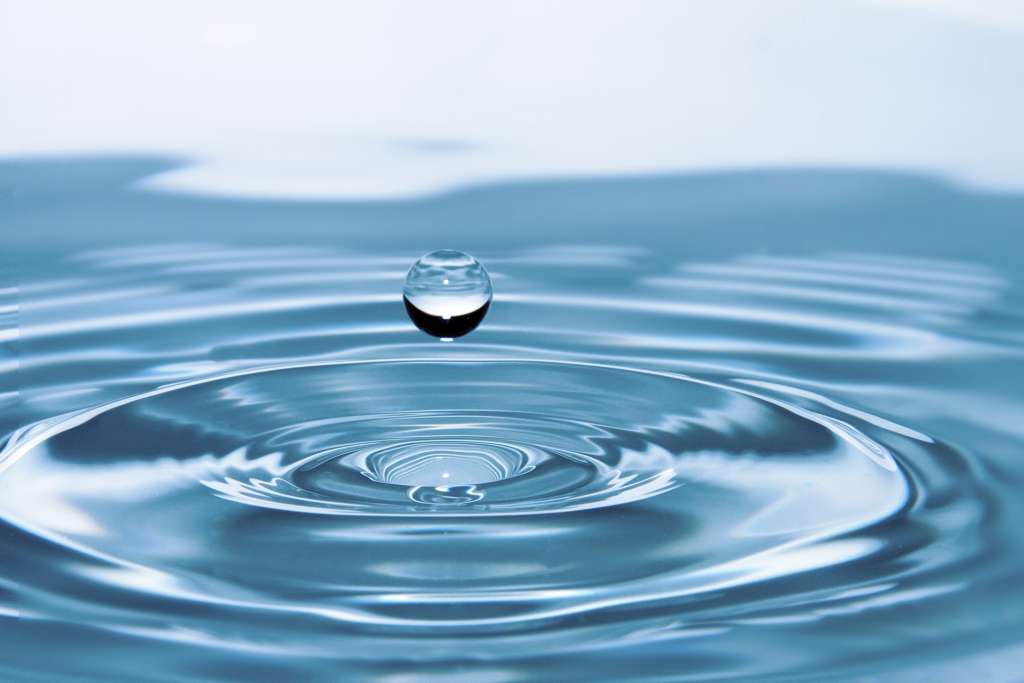
Water – An Ayurvedic Perspective
Share
It’s the first day of Spring, and while we think of spring with everything blooming in our gardens, none of it is possible without Water (one of the core elements in Ayurvedic Medical Philosophy). Water represents soma, the nourishing, cooling quality that is associated with lunar energy. It helps with digestion, cools and balances Pitta dosha, supports Kapha, and counteracts the dryness of Vata. It nurtures, lubricates and also detoxifies when it flows out of the body as urine.
The ancient Ayurvedic text Sushruta Samhita places water into two categories: atmospheric water and water that has fallen upon the surface of the earth. Atmospheric water consists of rain, hail, dew and snow, of which rainwater is the best because it has no taste. It is a life-giving nectar and is the most wholesome form of water for the body. For this reason, it is associated with benefits such as anti-hypnotic and cooling.
Once water lands on the earth, it may acquire the taste of its receptacle, be that a river, a pond, a cistern, a fountain, an artesian spring etc. However, the taste represents contamination, so it is preferable to drink pure water that has no specific taste.
Rain water, collected in clean vessel and which has not changed in color taste and odor, is recommended for drinking. When such pure water is not available, Ayurveda recommends, the water of the earth, which resembles rainwater in all its qualities, collected from clean vast place that has black or white soil, which is exposed to sunlight and breeze.
The quantity of water that you should drink depends on your age, how much physical work or exercise you do, the weather, your diet, your stress levels, your herbal food supplements, and your body type. The warm Pitta types usually are thirstier than the watery Kapha types. Vata types are often constipated or have dry skin and thus need to drink more water.
No matter your type, incorporating pure water into your life is a great way to boost your health.